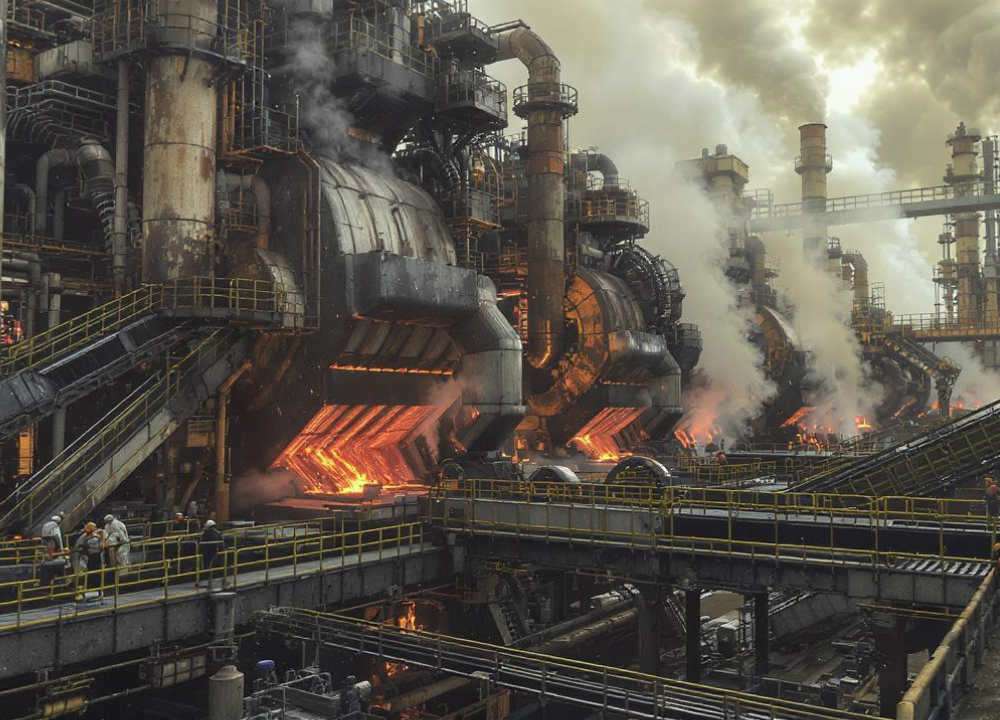The Ministry of New and Renewable Energy (MNRE) has issued updated rules under Phase-I of the National Bioenergy Programme, covering the financial years 2021–22 to 2025–26. The changes are aimed at increasing the use of biomass technologies, reducing red tape, and supporting India’s broader environmental goals.
The Ministry of New and Renewable Energy (MNRE) has introduced a set of revised guidelines to simplify the implementation of its biomass programme. One of the key improvements is the reduction in bureaucratic hurdles, particularly in paperwork and approval processes. These changes are expected to help micro, small, and medium enterprises (MSMEs) participate more easily in clean energy projects.
These updates also align with India’s broader environmental objectives. A major focus is to combat pollution caused by crop residue burning, particularly in northern states. By making biomass technology more accessible, the government aims to promote cleaner energy and support India’s long-term commitment to achieving net-zero emissions by 2070.
To improve efficiency and monitoring, the guidelines now permit the use of cost-effective technologies. Instead of relying on expensive SCADA systems, developers can implement simpler alternatives like Internet of Things (IoT) devices or submit basic performance data on a regular basis. This shift is expected to reduce operational costs and make compliance easier, especially for smaller developers.
In a significant move to reduce regulatory burden, developers of biomass plants are no longer required to submit multiple clearance-related documents. This simplification is aimed at cutting down project delays and improving the pace of clean energy adoption across the country.
The guidelines have also introduced greater flexibility in sales operations. Earlier, long-term contracts for selling briquettes or pellets were mandatory. Under the new system, developers can now operate with general sale agreements, allowing them to respond more effectively to changing market conditions.
The revised financial support system under the Central Financial Assistance (CFA) scheme will now be based on plant performance. Projects running at or above 80% of their rated capacity will receive full financial aid. Those operating below that level will still be eligible for proportional assistance, encouraging efficiency while offering realistic support.
In terms of inspections, project developers now have a longer window to demonstrate performance. The assessment can be conducted within 18 months from the commissioning date or the date of approval—whichever is later. Additionally, the requirement for continuous operation testing has been shortened. Instead of running the plant for three full days, a single 10-hour continuous operation is now considered sufficient.
For regions severely impacted by air pollution due to stubble burning—such as Delhi, Punjab, Haryana, Rajasthan (NCR), and parts of Uttar Pradesh—biomass pellet producers have been given more options. They can now choose to receive support either from MNRE or the Central Pollution Control Board (CPCB), depending on which scheme is more beneficial for their project.
Alongside these biomass programme reforms, the MNRE has also updated its waste-to-energy guidelines. The revised policy simplifies financial processes and introduces a two-step approach for releasing subsidies.
Half of the CFA will be issued once a plant receives the required environmental clearance, and the remaining portion will be disbursed once the plant achieves at least 80% of its capacity. If a project operates between 50% and 80%, it will receive partial funding. However, no support will be provided to plants performing below 50%.
A new inspection framework also reduces delays, requiring only a single performance check for developers not requesting advance support. These updates are expected to reduce the burden on project developers, improve compliance, and promote faster adoption of clean energy technologies using biomass and waste materials.








